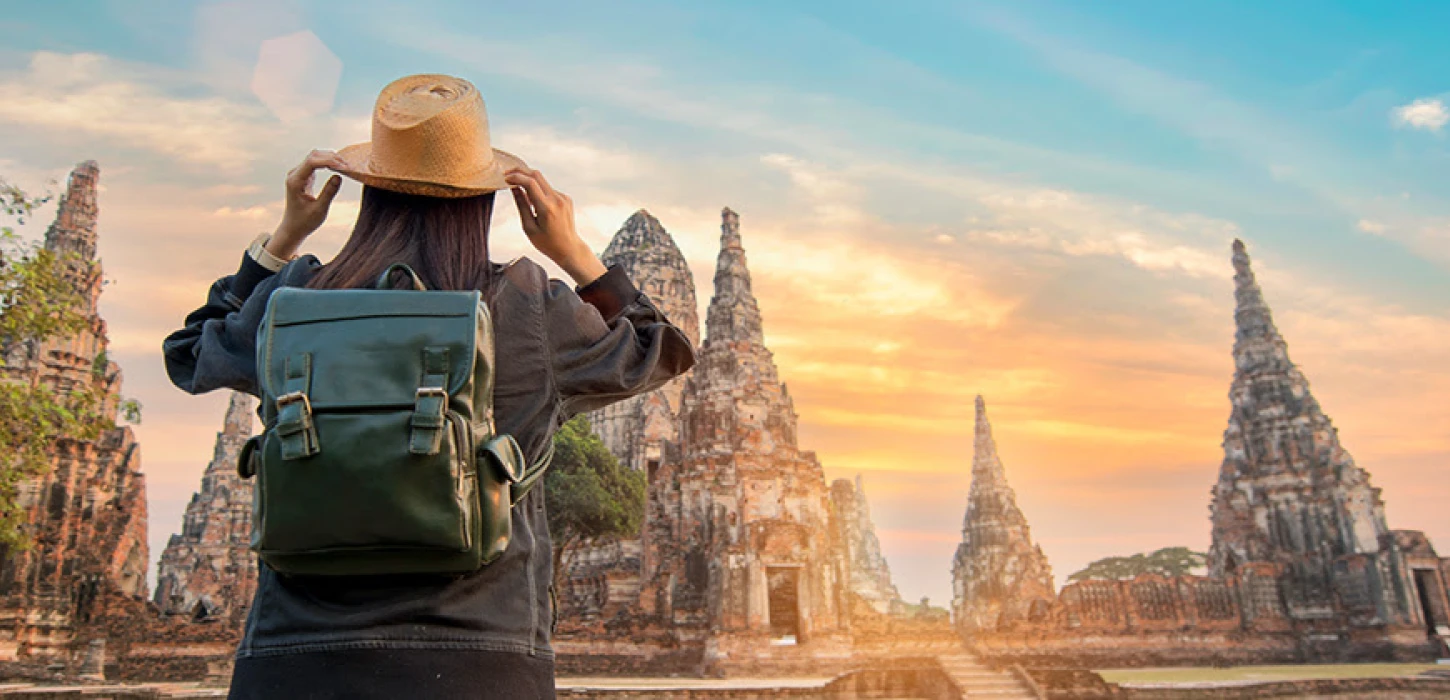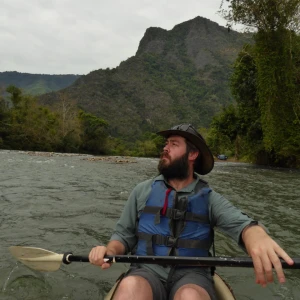How to reduce your environmental impact as a traveller
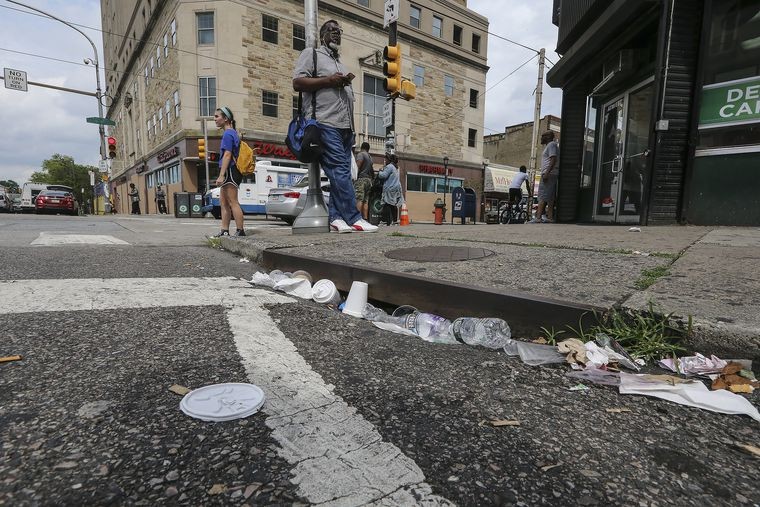
If you have travelled to South East Asia or Laos before one of the things your bound to notice is the amount of litter you can find almost everywhere. With limited options for trash collection, few recycling options, and a lack of environmental education or trash reduction programs, it’s easy to understand local’s casual attitude towards littering.
Let’s look at what we can do as individual travellers to reduce our environmental impact.

If we use the seven principles of Leave No Trace as a starting point, we will be in a good place to understand how we can reduce our environmental impact when travelling and keep the places we love beautiful for future generations. The Leave No Trace principles were originally created for people traveling and camping in the back country, or remote wilderness areas. However, with a bit of tweaking, we can easily apply these principles to traveling.
1. Plan ahead and prepare

The first principle of Leave No Trace is to plan ahead and prepare. While good advice in general, it should also be applied to how you plan to reduce your impact. Think about and plan for things like drinking water, cutlery, plastic bags.
Will you bring a reusable water bottle? Where will you refill the bottle? Will you treat the tap water or use refill stations?
Will you bring your own reusable cutlery or chopsticks? How will you wash them? How will you communicate to food stalls that you don’t want single use items?
Will you bring a reusable carry bag for shopping? How will you tell shops that you don’t want a plastic bag?
Consider these things before you start your trip, plan for what you will do, and you will be in a much better place to reduce your impact when you are traveling.
2. Travel and camp on durable surfaces
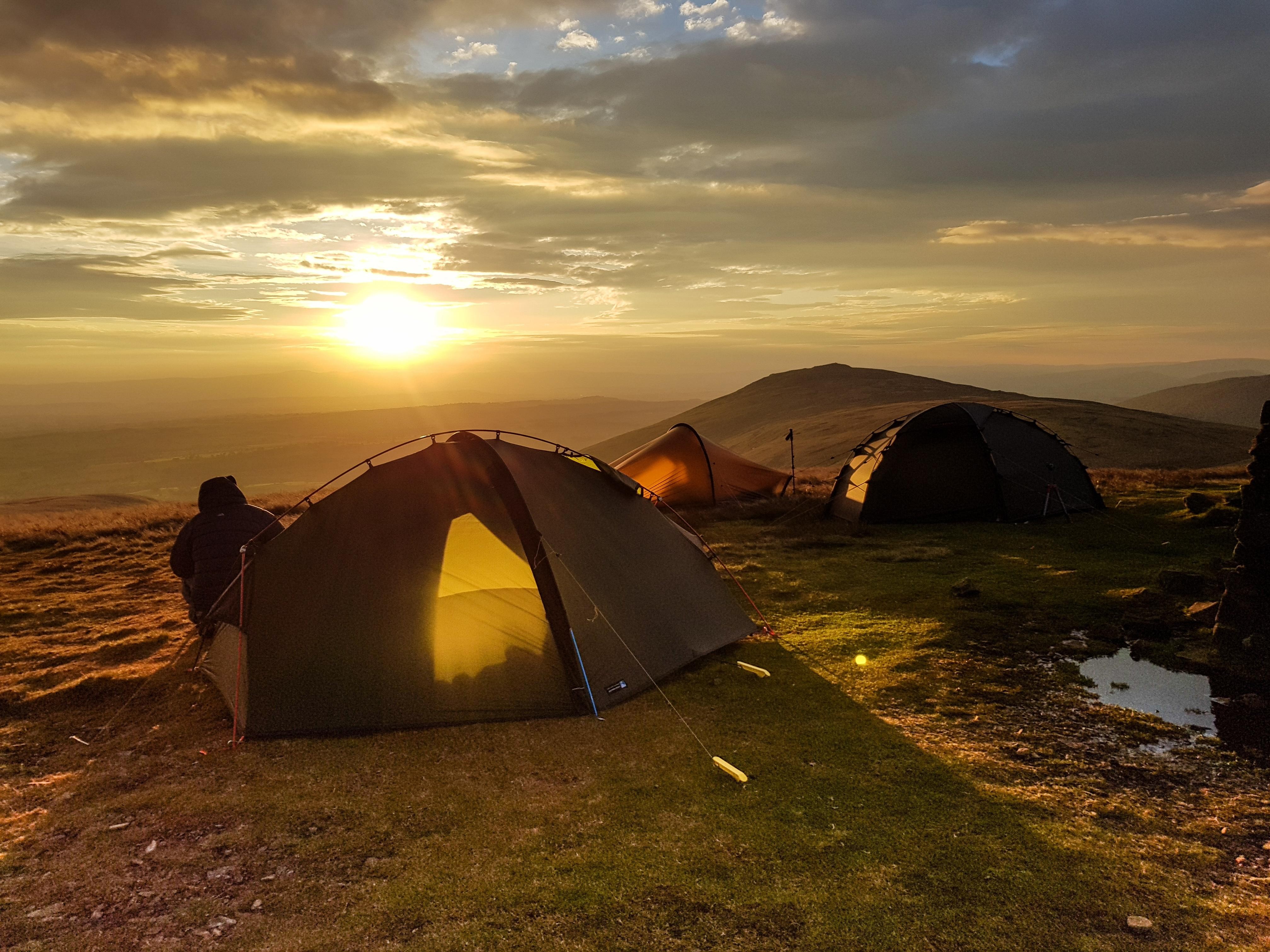
While this is obviously more applicable to camping, it is can be tweaked to apply to tourism as well. If you plan to camp on your trip you should only camp on durable surfaces to reduce your impact. Ideally this will be an already established campsite. If you are camping somewhere that is not a pre-established campsite, then take some time when leaving to ‘naturalise’ the area. This means making it look like no one has been there before you and will help the area rebound from your visit.
If you plan to hike on your trip or explore natural areas, make sure you are sticking to trails. Going ‘off track’ greatly increases your impact on the local environment, and in Laos can also expose you to the risk of UXOs.
You could also interpret this principle as patronising destinations and businesses that are sustainable. Avoid using businesses that do not use sustainable practices and avoid destinations that are not being managed in a sustainable way. There is no clear standard for what is truly sustainable so you will need to make your own decision as to what you consider acceptable.
3. Dispose of waste properly
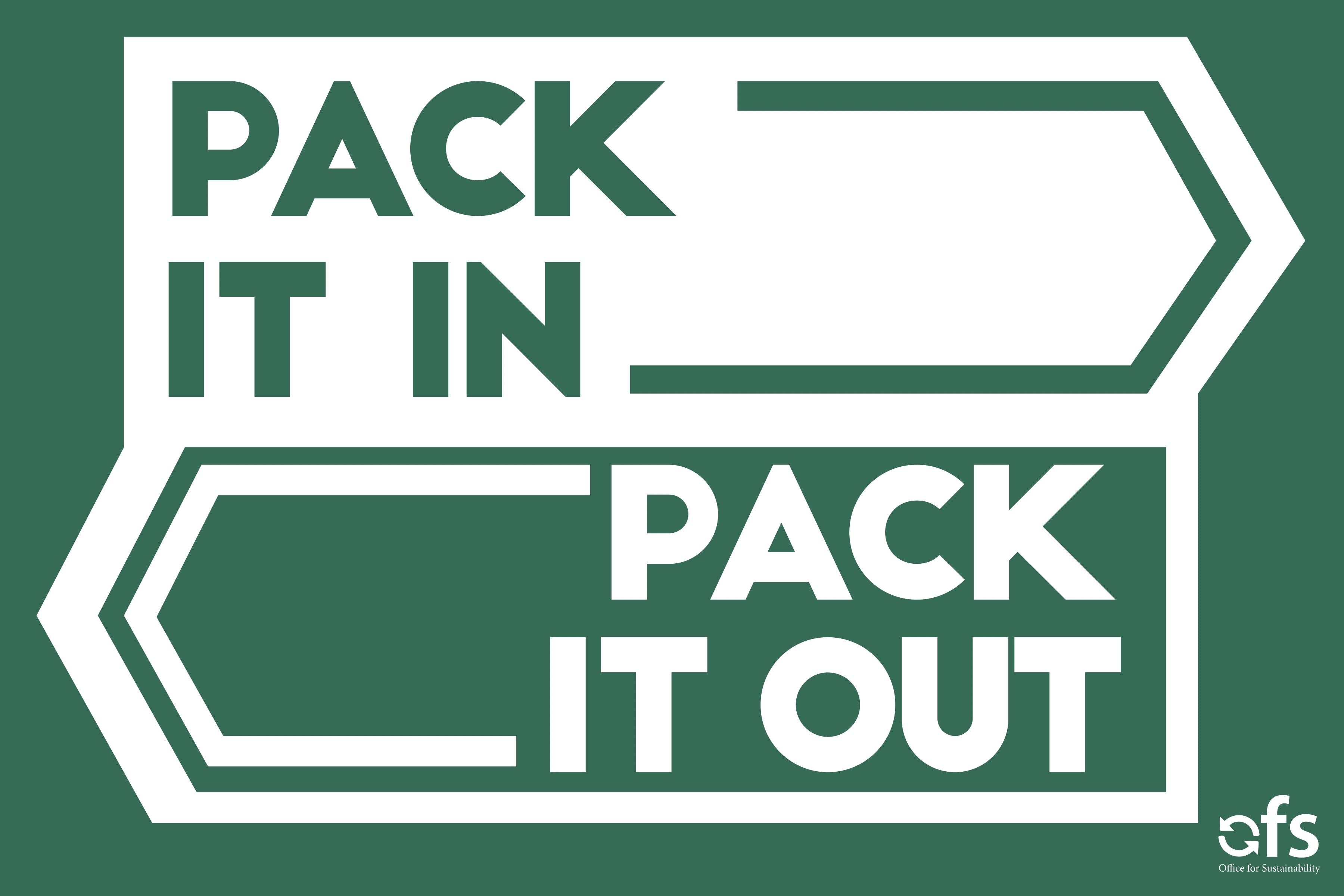
In the traditional interpretation of the Leave No Trace principles this refers mostly to toileting in natural environments. There are still lessons to be learned here for travellers, most importantly; put your trash in the bin. However bins may not always be available, especially in remote or less accessible places. Plan ahead for this and reduce the amount of potential trash you will generate and plan for how you will take your trash out with you. The mantra “pack it in, pack it out” is easy to remember and easy to follow.
Also consider your food scraps. Things that are biodegradable, like fruit peels or nut shells, should also be taken out. These can attract pests such as rats and can also build up quicker than they decompose and make the site unattractive.
4. Leave what you find
This is easily applicable to both wilderness environments and popular tourist sites. Ecosystems are fragile and removing parts of them damage the environment. It also can reduce the beauty and specialty of a site when unthinking visitors take away what makes the site unique. If everyone who visits away a rock, or a flower, or a small Buddha statue then there very soon won’t be anything left for future visitors to enjoy!
5. Minimize Campfire Impacts

While this is geared more towards camping, it can still be applicable to tourists. If you are camping during your trip, read up on how you can minimise your campfire impact. More information is available on the Leave No Trace website which you can access by clicking HERE.
If you plan to have a barbeque on your trip, think about how you can reduce the impact of your fire. If you are on a tour where they plan to build a fire/BBQ, ask the tour company how they plan to reduce the impact of their fire.
6. Respect wildlife

This can be applied to traveling in natural environments, such as national parks, and more populated areas.
Do not buy wildlife in markets and do not visit tourist sites that offer or promote captive wildlife. Buying live wildlife from markets to free them might seem like a good idea at first but all it does is create a market demand for more animals. Buying dead wildlife for food encourages unsustainable hunting practices, especially in a country where so many animals are already in danger of becoming extinct.
Do not feed or touch wildlife, as this can alter their behaviour or can introduce new diseases to you and them. Ensure that you are not leaving food scraps behind that would encourage animals to enter populated areas. Observe wildlife quietly so as not to disturb them as loud noises can be stressful and can change their behaviour.
7. Be considerate of other visitors
In the context of wilderness environments this generally refers to not interfering with the experience of others by keeping loud noise to a minimum, allowing others to pass on a trail, and not crowding campsites.
In a tourism context this can be extended to being considerate of the culture and traditions of the country you are visiting. See our article on temple etiquette or do’s and don’ts in Laos for more information on how to be respectful while in Laos. In general consider that this is home for Lao people. While you might find things here strange and exotic, for Lao people this is their normal life. Don’t point, stare, or shout about your latest exotic discovery.

This is by no means an exclusive list, but a guideline. Sustainability is a complex issue and always evolving. If you think we missed something or have other great ideas how travellers can reduce their impact then we would love to hear from you! But for now; start planning on how to reduce your impact and then get out there and Discover Laos Today!

